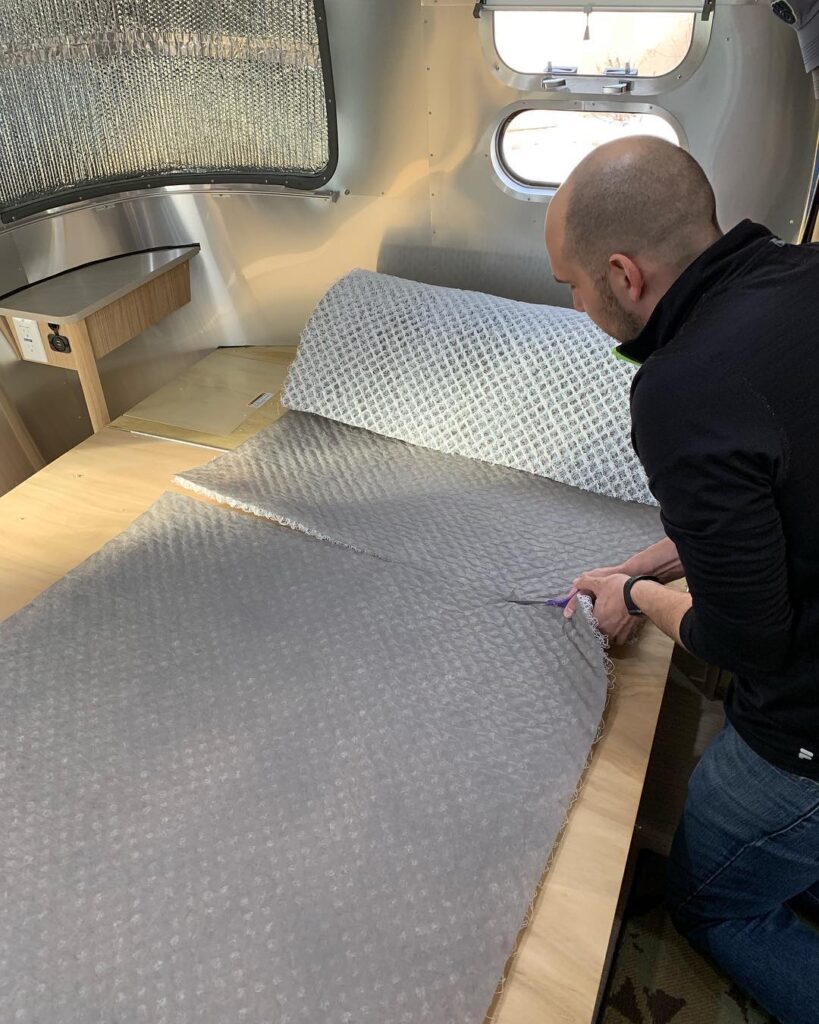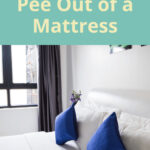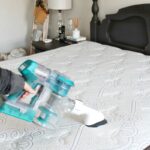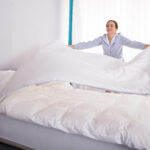Do you wake up with a stuffy nose and feel like your mattress is damp and musty? If so, you may have a moisture build-up under your mattress. Moisture build-up can damage your mattress, create a breeding ground for bacteria and dust mites, and can even cause health problems. Fortunately, there are several steps you can take to prevent moisture build-up under your mattress and keep it clean. In this article, we’ll show you how to prevent moisture under mattress and help you sleep soundly.
Causes of Moisture Build-up Under a Mattress
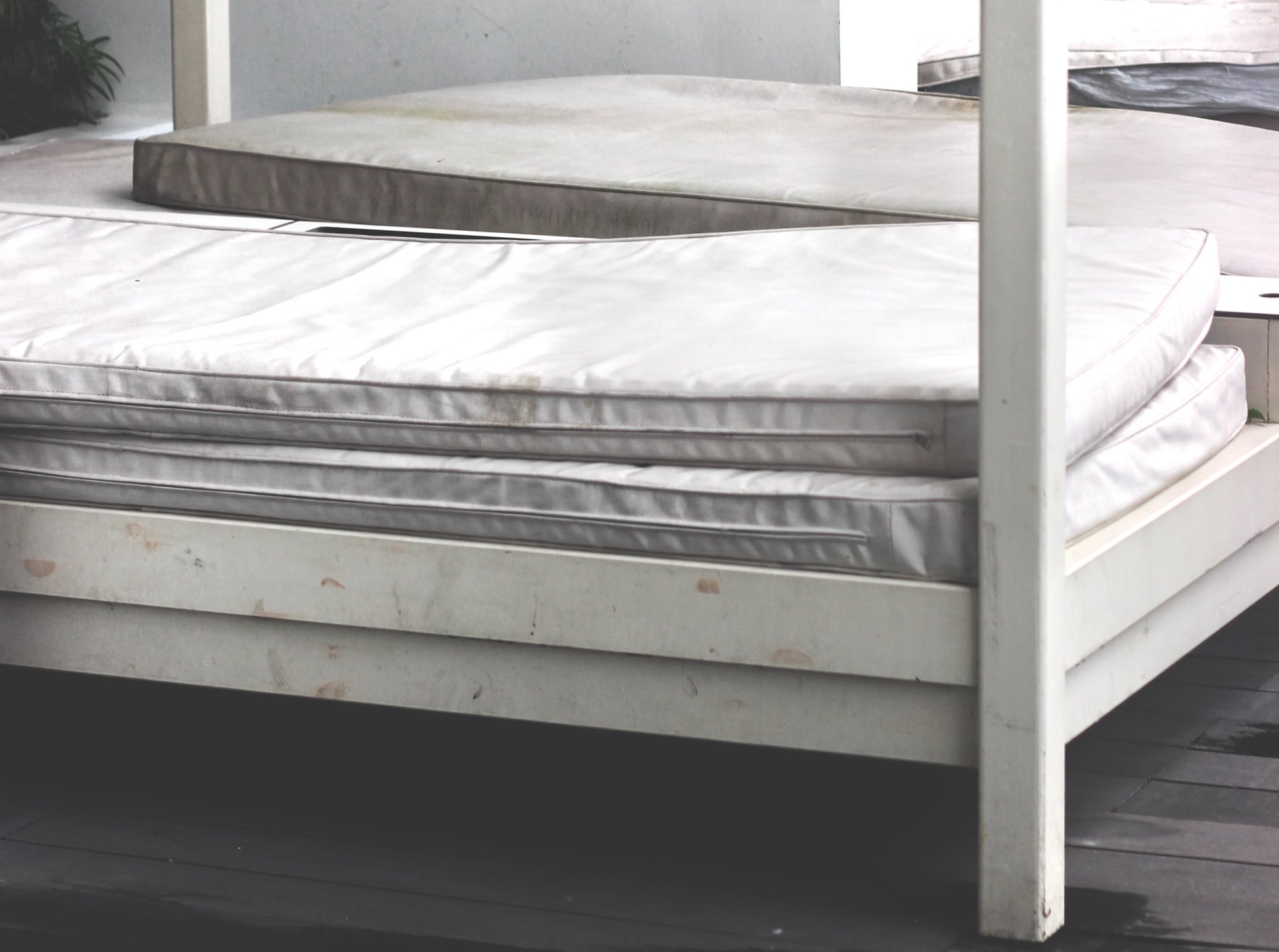
Humidity: Humidity is one of the major causes of moisture build-up under the mattress. High humidity levels draw moisture from the atmosphere and trap it in between the mattress and the bedding. This can be especially problematic if the mattress is not adequately ventilated.
Leaks: Leaks from plumbing, air conditioners, and other sources can cause moisture build-up under the mattress. Water damage can occur if the leak is not taken care of quickly.
Breathing: Our bodies naturally produce moisture when we sleep. This moisture is trapped in the mattress and can cause mold and mildew to form.
Spills: Spills from drinks and food can cause moisture to accumulate in the mattress. This moisture can cause mold, mildew, and other allergens to form.
Pets: Pets can bring dirt and moisture into the bed and can contribute to the formation of mold and mildew.
How to Prevent Mold Under RV Mattress
- Maintain proper ventilation by opening windows and using fans to circulate air.
- Use a mattress protector to keep the mattress dry and clean.
- If a leak occurs, have it repaired immediately.
- Wash bedding regularly.
- Keep pets off the bed.
- Clean spills as soon as they occur.
- Check for mold and mildew regularly.
Prevention Strategies
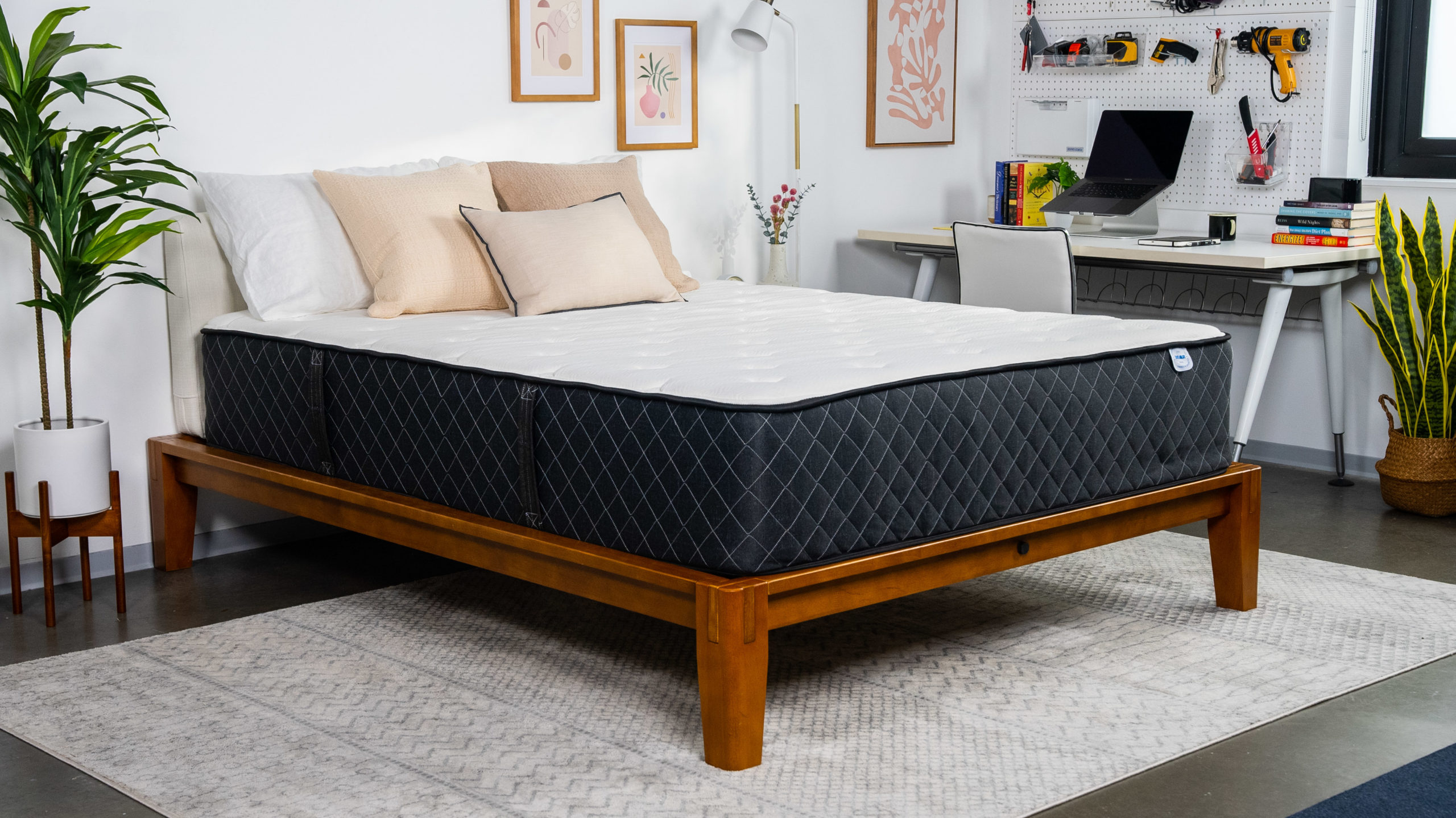
Use a Moisture Barrier
Using a moisture barrier mattress pad can help keep moisture from building up in your mattress. This is especially important if you live in a humid climate, as the moisture barrier will trap any moisture that might come from the air.
Reduce Humidity Levels
High humidity levels in your home can cause moisture to build up in your mattress, so it’s important to keep your indoor humidity levels at a reasonable level. This can be achieved by using a dehumidifier, air conditioner, or simply opening a window to let some fresh air in.
Use a Mattress Protector
A mattress protector can help keep moisture, dust, and dirt out of your mattress, which can help prevent moisture build-up. Look for one with a waterproof barrier to keep moisture out.
Use a Dehumidifier
If you live in an especially humid environment, you may need to use a dehumidifier in your bedroom. This will help keep the humidity level in your bedroom low and prevent moisture from building up in your mattress.
Check for Leaks and Condensation
If you have any leaks or condensation in your bedroom, it is important to fix them right away. This can help keep moisture from building up in your mattress and causing mildew to form.
Change Your Bedding Regularly
It is important to change your bedding regularly, as this can help keep moisture from building up in your mattress. You should also wash your sheets and pillowcases at least once a week in hot water.
Check the Foundation
If your mattress is on a slatted foundation, it is important to check the slats regularly to make sure there is no moisture buildup underneath. If you find any moisture, you should take steps to fix the issue right away.
Vacuum and Clean the Mattress
Vacuuming and cleaning your mattress regularly can help keep moisture from building up. Use a vacuum with a wand attachment to get into all the crevices of your mattress and remove any dust and dirt.
If you’re wondering why is my mattress wet underneath, then following these preventive strategies can help you keep your mattress dry and clean.
Cleaning a Wet Mattress
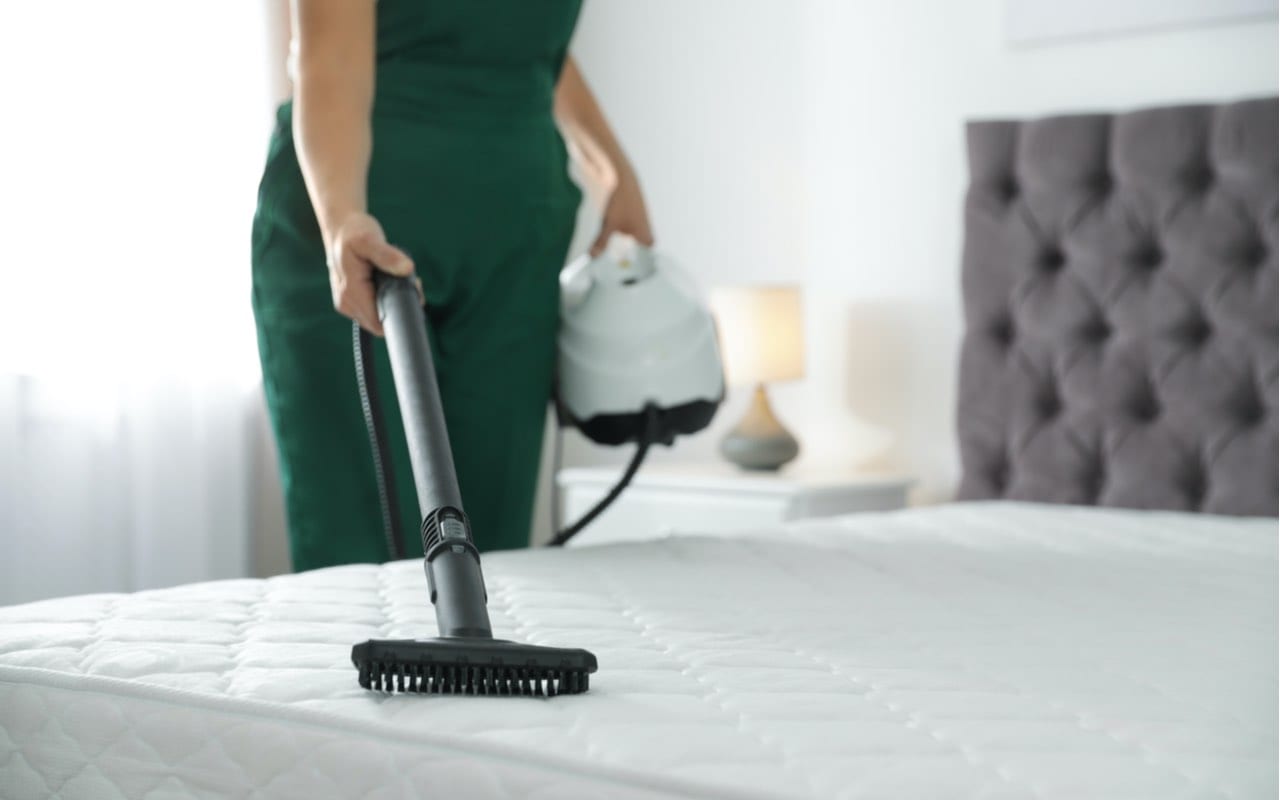
Once your mattress has become wet, it is important to act quickly in order to prevent further damage. Begin by turning off the water source and removing any excess water or moisture from the mattress. Use absorbent materials such as towels or cloths to soak up any excess water. If the mattress is still damp, use a fan to dry it out.
Once the mattress is dry, vacuum the surface to remove any dirt or debris. If there is a stain, use a mild detergent and warm water to spot clean the area. Blot dry with a towel and leave the mattress to air dry.
If your mattress has been exposed to mold or mildew, it is important to clean the area thoroughly. Use a mixture of warm water and vinegar to scrub the area. Rinse the area with warm, clean water and let the mattress air dry.
Once the mattress is dry, disinfect the area with a solution of hydrogen peroxide and water. This will help to kill any germs or bacteria that may have been left behind from the moisture. Allow the mattress to air dry completely before replacing the bedding.
Finally, use mattress protectors, mattress pads, and encasements to help prevent moisture build-up in the future.
Tips for RV Owners
Use an RV Mattress Protector
Investing in an RV mattress protector is one of the best ways to protect your mattress from moisture build-up. It is designed to be waterproof and provides a barrier between the mattress and any spills, sweat, and dirt.
Use an RV Dehumidifier
Using an RV dehumidifier can help reduce moisture in the air and stop mold and mildew from forming on the mattress. Keep the dehumidifier running at all times to ensure that the air is kept dry and to prevent moisture build-up.
Check for Leaks
Check for any leaks in the plumbing and roof of your RV to make sure that no water is getting into the mattress. If you do find a leak, it is important to get it fixed as soon as possible to prevent further damage.
Clean the Mattress Regularly
Regularly cleaning the mattress can help reduce the risk of moisture build-up. Vacuum the mattress, use a damp cloth to remove any debris, and use a mattress protector to keep the mattress clean.
Frequently Asked Questions
How Often Should I Clean My Mattress?
- Vacuum the Mattress Regularly: Vacuum your mattress regularly to remove dust, dirt, and other particles that can build up over time. This will help keep your mattress clean and free of allergens.
- Wash Your Bed Linens: It is important to wash your bed linens on a regular basis, as this will help keep your mattress clean and free of moisture.
- Spot Clean Stains: If you notice any spots or stains on your mattress, it is important to spot clean them as soon as possible.
- Steam Clean the Mattress: It is recommended to steam clean your mattress once a year to help remove dust mites, dirt, and other allergens.
Regular cleaning of your mattress is important to prevent moisture buildup and keep it clean. Vacuum the mattress regularly, wash bed linens often, spot clean stains as soon as possible, and steam clean the mattress at least once a year. Doing so will help you maintain a clean and healthy sleeping environment.
What is the Best Way to Prevent Moisture Build-up Under My Mattress?
Use Plastic Mattress Protector: Placing a plastic mattress protector between your mattress and bed frame will help create a barrier against moisture build-up. This will also help keep dust mites and other allergens away.
Create Air Flow: Make sure to leave a gap of at least two inches between your mattress and the wall or frame. This allows air to move freely and helps to prevent moisture from collecting.
Invest in a Dehumidifier: If you live in a climate with high humidity, you may want to invest in a dehumidifier. This will help reduce the moisture in the air and keep your mattress free from moisture build-up.
Check for Leaks: Make sure to check for any leaks in the room, such as a leaking pipe or faulty window seal. This may be causing moisture to become trapped near the mattress. Repair any leaks immediately to keep your mattress dry.
Wash Bedding Regularly: Bedding can hold moisture, so it is important to keep it clean. Wash your bedding regularly and make sure to use a drying rack or clothesline to air dry it. This will help prevent moisture build-up underneath your mattress.
What type of mattress cover should I use to protect against moisture?
Waterproof Mattress Protectors are the best way to protect your mattress from moisture. They are designed to keep your mattress clean and dry and can be easily washed in the washing machine. Some mattress protectors also come with an anti-allergen coating that helps prevent dust mites and other allergens from attaching to the mattress. Here are some of the benefits of using a waterproof mattress protector:
- Protects your mattress from spills, sweat, and other liquid.
- Prevents dust mites and other allergens from attaching to the mattress.
- Keeps your mattress clean and dry.
- Provides a hygienic sleep environment.
- Can be easily washed in the washing machine.
You should check the waterproof rating of the mattress protector before purchasing it. The higher the waterproof rating, the more effective it will be at protecting your mattress from moisture. Make sure the mattress protector has a good fit with your mattress and that it covers the entire surface of your mattress.
Can I Use a Dehumidifier to Reduce Moisture Under My Mattress?
Yes, a dehumidifier can be used to reduce moisture under your mattress. Here are some tips on how to use it:
- Place the dehumidifier in the room where the mattress is located.
- Ensure that the dehumidifier is placed at least two feet away from the mattress.
- Set the dehumidifier to a low setting to prevent over-drying the air.
- Run the dehumidifier for a few hours a day to reduce the amount of moisture in the air.
- Check the dehumidifier’s water tank regularly and empty it when needed.
Using a dehumidifier is an effective way to reduce moisture under your mattress and help keep it clean. It is important to remember to use it safely and responsibly to avoid any potential risks.
How do I know if I have a moisture problem under my mattress?
If you notice any signs of mold, mildew, or musty odors coming from your mattress, this is an indication that you have a moisture problem. You may also be able to see visible signs of moisture on the mattress surface or on the bed frame. If you suspect that you have a moisture problem, it is important to take steps to address it as soon as possible.
Conclusion
To help keep your mattress clean and dry, ensure your sheets, mattress cover, and bed frame are regularly maintained and replaced when necessary. Make sure the bed frame is well-ventilated to prevent moisture build-up and regularly vacuum your mattress to eliminate dust and dirt. Invest in a mattress protector to protect against spills and stains. Finally, use a dehumidifier to reduce the overall humidity in your bedroom and help prevent moisture from affecting your mattress.
